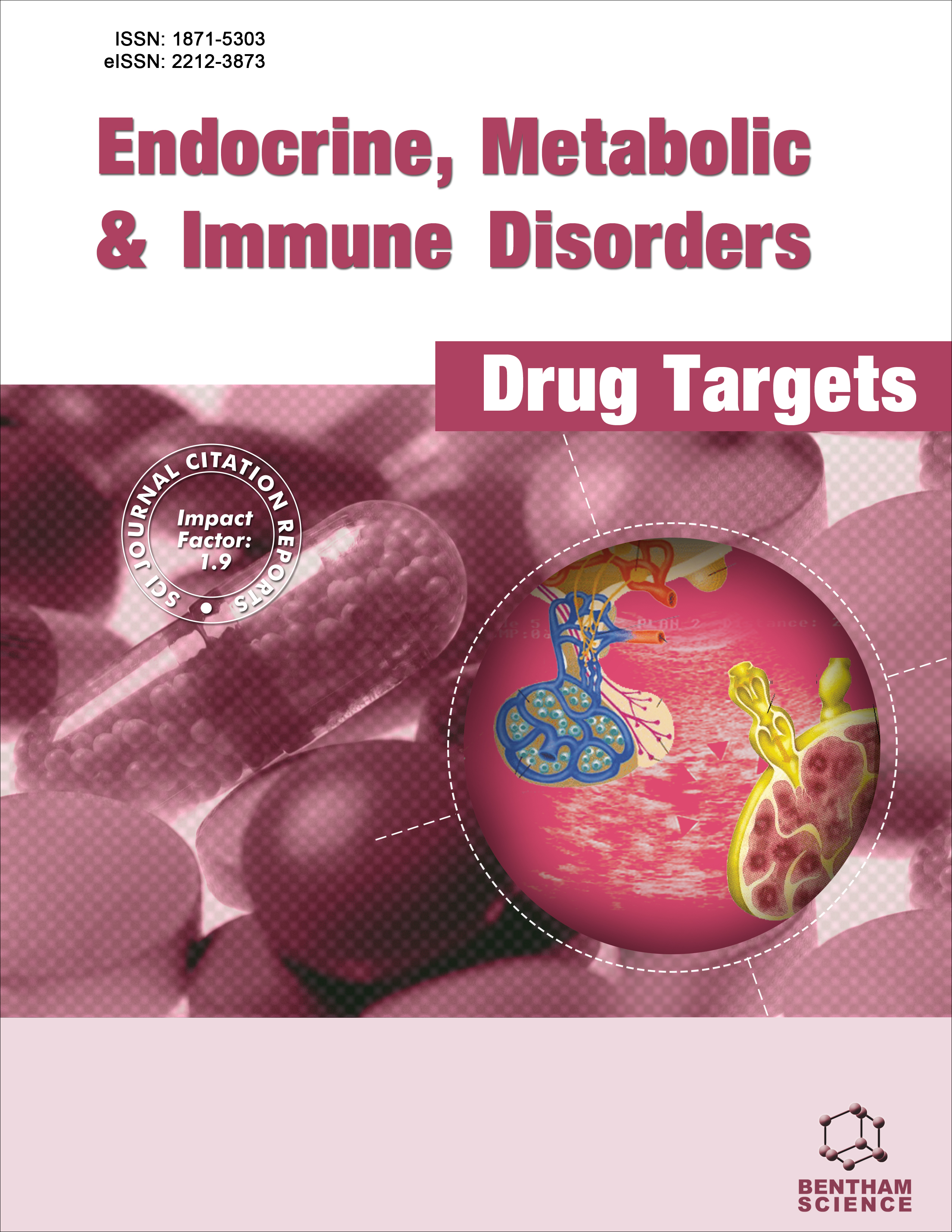
Full text loading...
We use cookies to track usage and preferences.I Understand
Hepatocellular carcinoma (HCC) is a globally prevalent malignancy accompanied by high incidence, poor outcomes, and high mortality. Anthocyanins can inhibit tumor proliferation, migration, invasion, and promote apoptosis. Moreover, autophagy-related genes (ARGs) may play vital roles in HCC progression. This study aimed to decipher the mechanisms through which anthocyanins influence HCC via ARGs and to establish a novel prognostic model.
Based on data from public databases, differential analysis and the Venn algorithm were employed to detect intersecting genes among differentially expressed genes (DEGs), anthocyanin-related targets, and ARGs. Consensus clustering was implemented to delineate molecular subtypes of HCC. The prognostic model was developed by Cox regression analyses. CIBIRSORT was engaged to assess the immune cell infiltration. Kaplan-Meier (KM) analysis and receiver operating characteristic (ROC) curve were utilized to evaluate the predictive efficiency of the prognostic signature.
A total of 36 intersecting genes were identified from overlapping 1524 ARGs, 537 anthocyanin-related targets, and 5247 DEGs. Consensus clustering determined three molecular subtypes (cluster 1, cluster 2, and cluster 3). Cluster 1 showed worse outcomes and remarkably higher abundances of plasma cells and T follicular helper cells. Furthermore, four prognostic signatures (KDR (Kinase insert domain receptor), BAK1 (BCL2 antagonist/killer 1), HDAC1 (Histone deacetylase 1), and CDK2 (Cyclin-dependent kinase 2)) were identified and showing substantial predictive efficacy.
This investigation identified three molecular subtypes of HCC patients and proposed a promising prognostic signature comprising KDR, BAK1, HDAC1, and CDK2, which could supply further robust evidence for additional clinical and functional studies.

Article metrics loading...

Full text loading...
References


Data & Media loading...
Supplements

